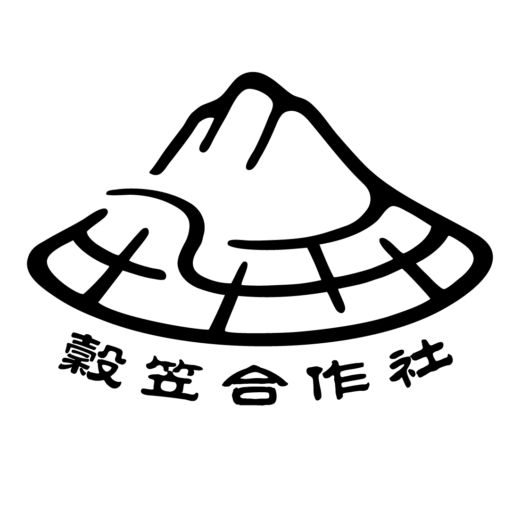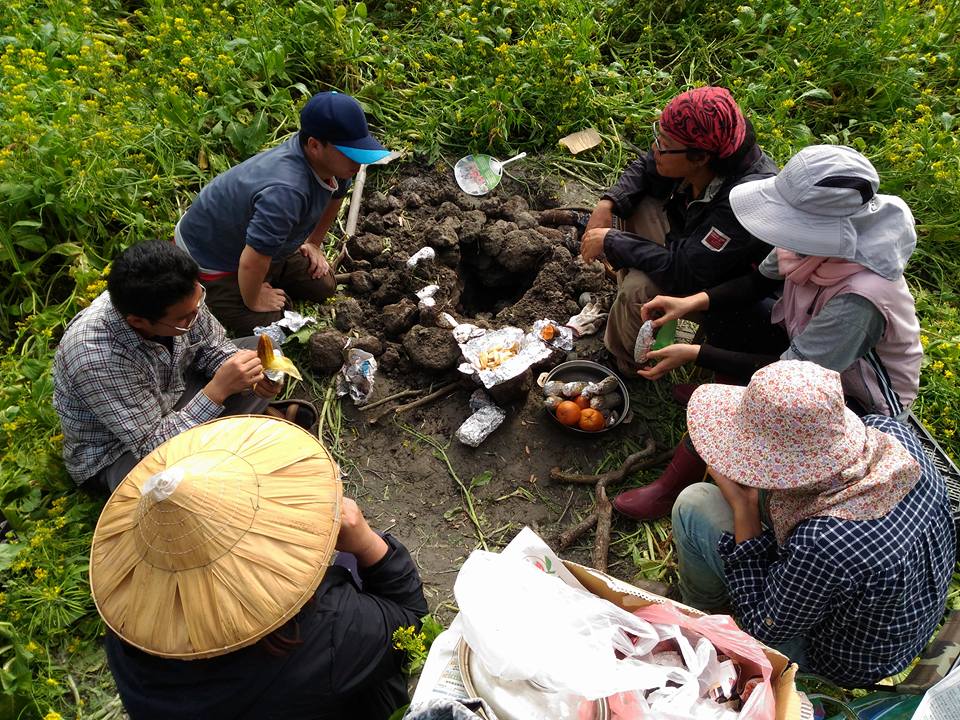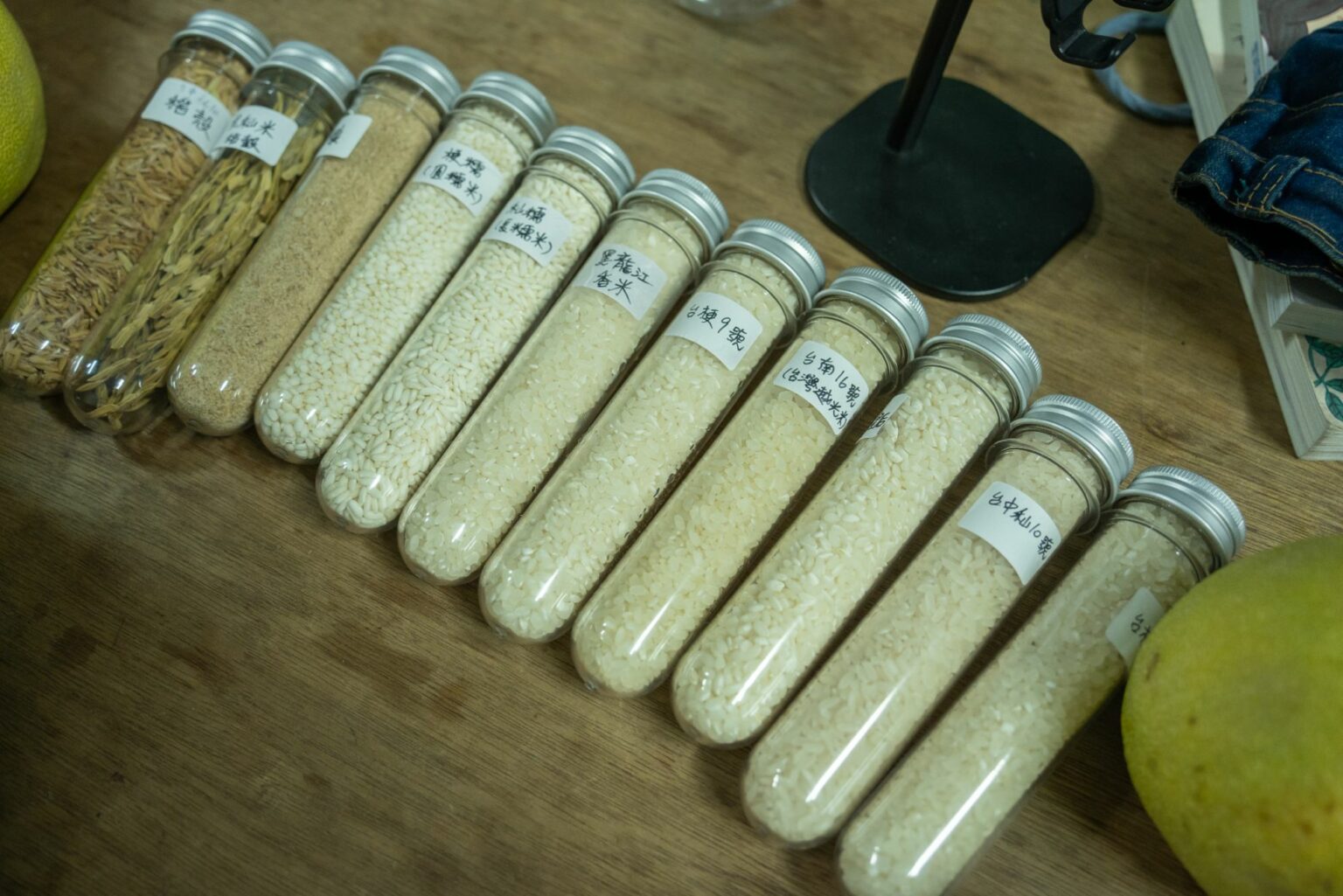
【雙語米食農教育】台灣水稻、南投稻作、埔里稻米種植現況
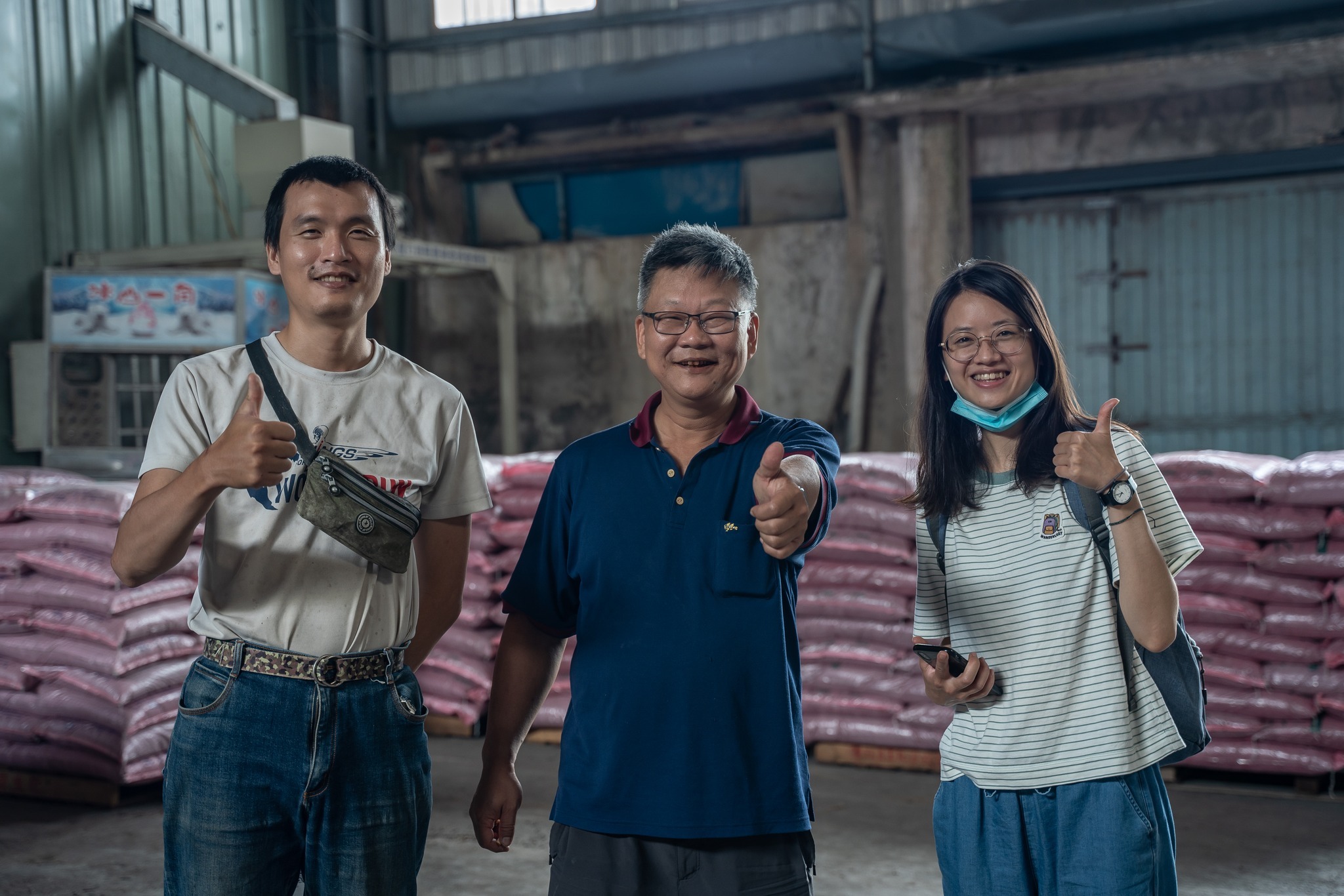
【Rice Agri-food education】Status of Rice Planting in Taiwan, Nantou and Rice Planting in Puli
內容目錄
Toggle台灣水稻面積 Rice Area in Taiwan
台灣國土面積 360萬公頃,而台灣土地做為農地使用的面積大約是 20.2%,這個數字與國外比算是低的,比如美國的農地是國土的 40%,而法國、澳洲的農地占了 50%,英國大約是 70%。
根據 2022 年行政院國情資料,110全年農作物種植面積為73萬公頃,而作物種植面積中,稻米佔了22.4萬公頃。
▎延伸閱讀:行政院-農業經營現況
Extended reading: Executive Yuan – Current Situation of Agricultural Management
台灣稻作種類包括稉稻、秈稻及糯稻,其中以稉稻為主,占全台灣約92% 產量。栽培稻作戶數約24萬戶,約占總農戶數的三成。
The land area of Taiwan is 3.6 million hectares, and about 20.2% of the land in Taiwan is used as agricultural land. This figure is low compared with foreign countries. For example, the agricultural land in the United States accounts for 40% of the national land, while the agricultural land in France and Australia accounts for 50%, and the U.K. accounts for about 70%.
According to the national conditions data of the Executive Yuan in 2022, the annual crop planting area in 2021 (the whole year) is 730,000 hectares, of which rice accounts for 224,000 hectares.
Types of rice crops in Taiwan include japonica, indica and glutinous rice, of which japonica is the main type, accounting for about 92% of Taiwan’s output. The number of rice cultivation households is about 240,000, accounting for about 30% of the total number of farmers.

中部水稻現況 Status of rice in central Taiwan
目前中部地區水稻栽培面積是 78,000 公頃,約佔全台灣 1/3 的產量。梗稻在中部地區栽培面積約69,000公頃,占全台灣栽培面積的29%;而秈稻在中部地區栽培面積2,348公頃,占全台灣栽培面積的44%,以彰化縣為主要產區,且主要栽培品種為「台中秈10號」。
At present, the rice cultivation area in the central region is 78,000 hectares, accounting for about 1/3 of Taiwan’s production. Japonica rice is cultivated in the central region of about 69,000 hectares, accounting for 29% of the total cultivated area in Taiwan; while indica rice is cultivated in the central region with an area of 2,348 hectares, accounting for 44% of the cultivated area in Taiwan, with Changhua County as the main producing area, and the main variety is “Taichung Indica No. 10”.
中部水稻種植的各區資訊如下:
- 台中市:水稻栽培面積約22,000 公頃,以稉稻為主,主要栽培品種包括「台南11號」、「台中192 號」、「台稉 16號」、「台農 71號」
- 彰化縣:栽培面積約48,900公頃,栽培種類比較多樣化,包含稉稻、軟秈、稉糯、秈糯稻、黑糯米與紫香糯等。而主要栽培品種有「台南11號」、「台稉9號」、「台中192號」、「越光」、「台中194號」、「台南 16號」、「台中秈10號」、「台中秈糯 2 號」、「台農秈糯24 號」等。
- 南投縣:栽培面積約 4,300 公頃,以稉稻為主,主要栽培品種為 「台南11號」、「台稉9號」及「台農81號」。
The information of each district of rice cultivation in the central part is as follows:
- Taichung City: The rice cultivation area is about 22,000 hectares, mainly japonica rice. The main cultivars include “Tainan No. 11”, “Taichung No. 192”, “Taijing No. 16”, “Tainong No. 71”
- Changhua County: The cultivation area is about 48,900 hectares, and the cultivated species are relatively diverse, including japonica rice, soft indica, japonica, indica glutinous rice, black glutinous rice, and purple glutinous rice. The main cultivars are “Tainan No. 11”, “Taichung No. 9”, “Taichung No. 192”, “Yueguang”, “Taichung No. 194”, “Tainan No. 16”, “Taichung Indica No. 10”, “Taichung No. 10″ Indica Nuo No. 2”, “Tainong Indica Nuo No. 24”, etc.
- Nantou County: The cultivation area is about 4,300 hectares, mainly japonica rice. The main cultivars are “Tainan No. 11”, “Taijing No. 9” and “Tainong No. 81”.
▎延伸閱讀:台中農改場-中部地區稻作產業現況
Further reading:Taichung Farm Reform – Current Situation of Rice Crop Industry in Central Region of Taiwan
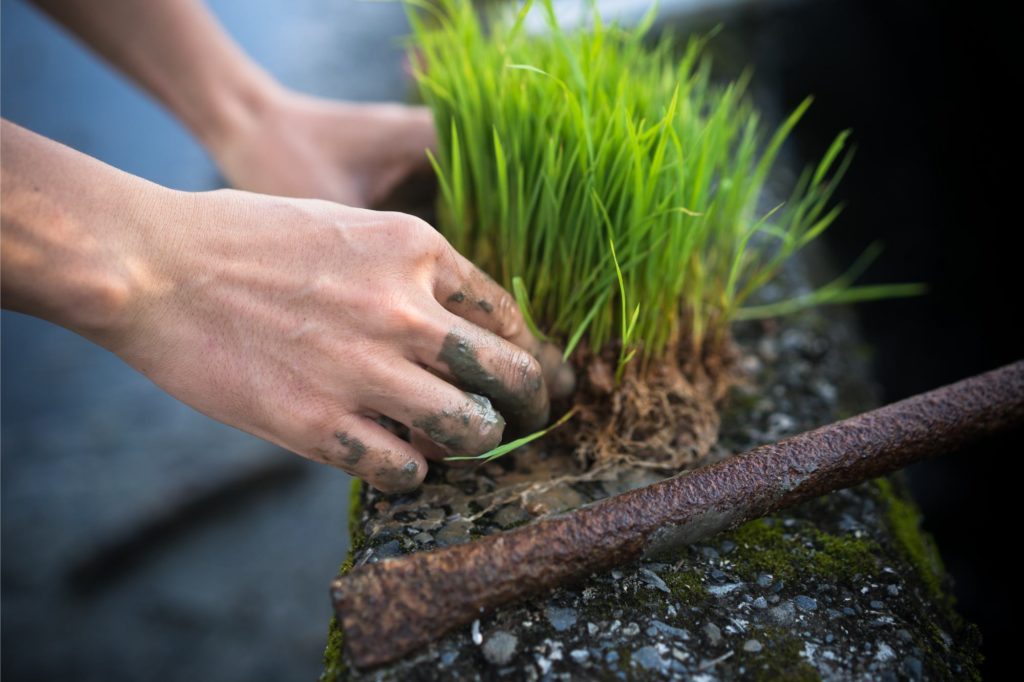
南投水稻資訊 Nantou Rice Information
根據南投縣政府資訊「農產品競爭力分析-南投縣106年主要農產品生產概況」, 2017年(民國106年)南投縣稻米產量2.6萬公噸,較20年前減少1.5成,較60年前減少60%。
南投縣稻米產量以草屯鎮最多,其次為南投市,而中寮鄉、魚池鄉、信義鄉則無稻米產量。與20前相比,稻米產量減少最多的是名間鄉、南投市,而與 60年前相比,減少最的是埔里鎮,其次為草屯鎮。
According to the Nantou County Government Information “Analysis of Agricultural Product Competitiveness – An Overview of the Production of Main Agricultural Products in Nantou County in 2017”, the rice output in Nantou County in 2017 (106 years of the Republic of China) was 26,000 metric tons, a decrease of 1.5% compared with 20 years ago and a decrease of 60% compared with 60 years ago.
In Nantou County, Caotun Town has the most rice output, followed by Nantou City, while Zhongliao Township, Yuchi Township, and Xinyi Township have no rice output. Compared with 20 years ago, Mingjian Township and Nantou City have the largest reduction in rice production, while compared with 60 years ago, Puli Town has the largest reduction, followed by Caotun Town.
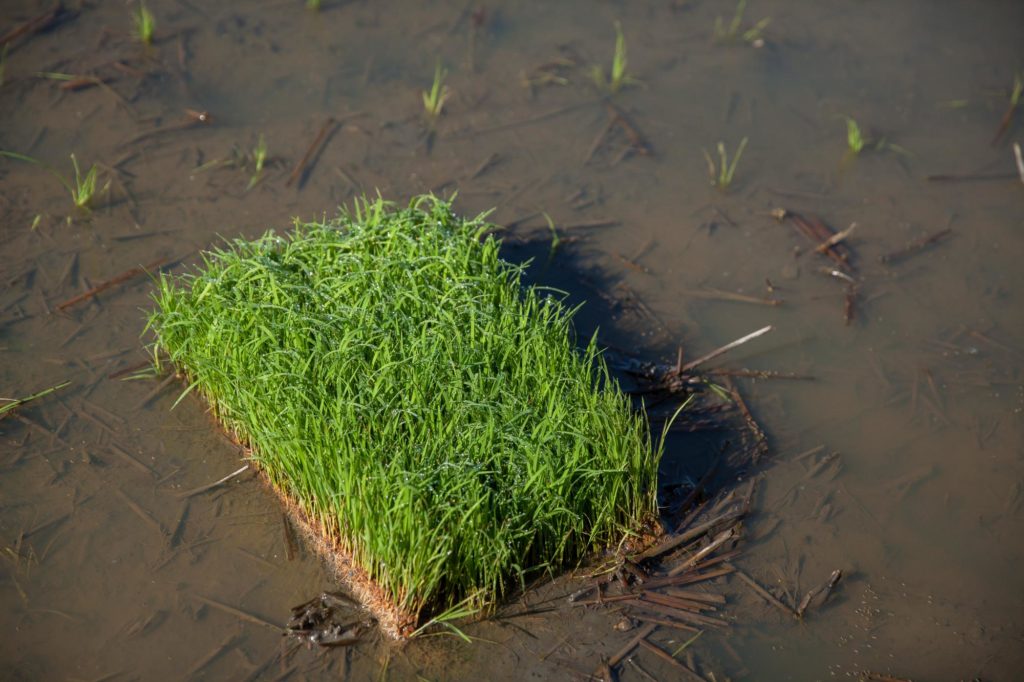
埔里水稻資訊 Puli Rice Information
2022年10月,我們拜訪埔里鎮農會供銷部余大哥,希望能瞭解埔里稻作的狀況,余大哥說,早期埔里所種品種多為「台中142號」、「台中140號」,但現在埔里目前沒幾個人種稻,今年有申報的稻農僅有 2人,大約2甲地,其中一塊田區在內埔,也就是穀笠合作社曾經契作的農友金海伯。而目前埔里稻農想繳交公糧的話,就是由草屯農會代收。
余大哥說,他所知道埔里有在種稻的人,僅有剛剛提到有申報的2位農友、友善稻作的「穀笠合作社」,以及埔里代耕業者自己種植的水稻。
余大哥也分析,在埔里種稻一甲地,一年的收入約5萬元;而租地給人的行情大約一分地一年1 萬元,所以如果有一甲地,租人一年就可賺10萬元。如果你有一甲地,租地給人所賺的錢可以說是種稻的兩倍,所以當然沒有人會選種稻囉。
埔里水稻漸漸走入歷史,而穀笠合作社便是在埔里水稻歷史的尾端,有一天埔里會完全沒有人種水稻,想到這裡,不禁覺得有點失落。
In October 2022, we visited Mr. Yu of the Supply and Marketing Department of Puli Township Farmers’ Association, hoping to learn about the status of rice farming in Puli. Mr. Yu said that in the early days, most of the varieties grown in Puli were “Taichung No. 142” and “Taichung No. 140”, but now There are not many people who grow rice in Puli at present. There are only 2 rice farmers who have declared this year, about 2 grades of land. One of the fields is in Neipu, which from the farmer Uncle Jin Hai, a farmer who was once contracted by Guli Cooperative. At present, if the rice farmers in Puli want to join the collection of public stock, it is collected by the Caotun Farmers’ Association.
Mr. Yu said that the only people he knows who are growing rice in Puli are the two farmers who have just reported to the government, the “Guli Cooperative”, and the rice grown by the cultivators themselves.
Mr. Yu also analyzed that the annual income of planting rice in Puli is about NT$50,000 a year; and the price of renting the land to others is about NT$100,000 a year. If you have a piece of land, renting it to people can earn twice as much as growing rice, so of course no one chooses to grow rice.
Puli rice has gradually entered the history, and Guli Cooperative is at the end of the history of Puli rice. One day, no one will grow rice in Puli. Thinking of this, I can’t help but feel a little sad.

穀笠合作社 Guli Cooperative
2014年一群暨大學生因為關心埔里農村議題,成立穀笠合作社,以稻穀和斗笠的概念作為穀笠年輕人與農民、消費者之間的社群關係,消費者支持農民種出友善米,農民透過種植照顧土地和消費者的糧食、健康。年輕人在過程中,陪伴農民從慣行轉作友善,並搭起消費者與農民之間的橋樑,邀請消費者來產地認識農民,使彼此產生一種信任關係,構成三方互相幫忙的合作模式,因此,我們也稱作為「放伴精神」,一種早期農村互相幫助和交工,維繫情感的方式。
穀笠合作社期許為青年自立平台,居住在農村裡,並開創了一個半開放式的空間,作為年輕人接觸埔里農業的平台和管道,提供農業相關資訊和社群網路的串聯,也不斷嘗試如何透過穀笠的銷售模式,使團隊年輕人有所收入,並留在農村生活深耕。
In 2014, a group of college students of Chi-Nan University established Guli Cooperative because they were concerned about farming issues in Puli. The concept of rice and bamboo leaf hat was used as a community relationship between Guli young people, farmers and consumers.
Consumers supported farmers to grow friendly rice. Grow food, health that takes care of the land and consumers. In the process, young people accompany the farmers from being accustomed to being friendly, and build a bridge between consumers and farmers, and invite consumers to come to the production area to know farmers, so as to create a trusting relationship with each other and form a cooperation model of three parties helping each other. Therefore, , we also call it “the spirit of helping each other”, a way of helping each other and handing over work in the early rural areas to maintain emotions. Guli Cooperative hopes to be a platform for young people to live in the countryside and create a semi-open space. As a platform and channel for young people to get in touch with Puli agriculture, it provides agricultural-related information and the connection of social networks. Hope we can help the young people earn income stay in the countryside and build the life.
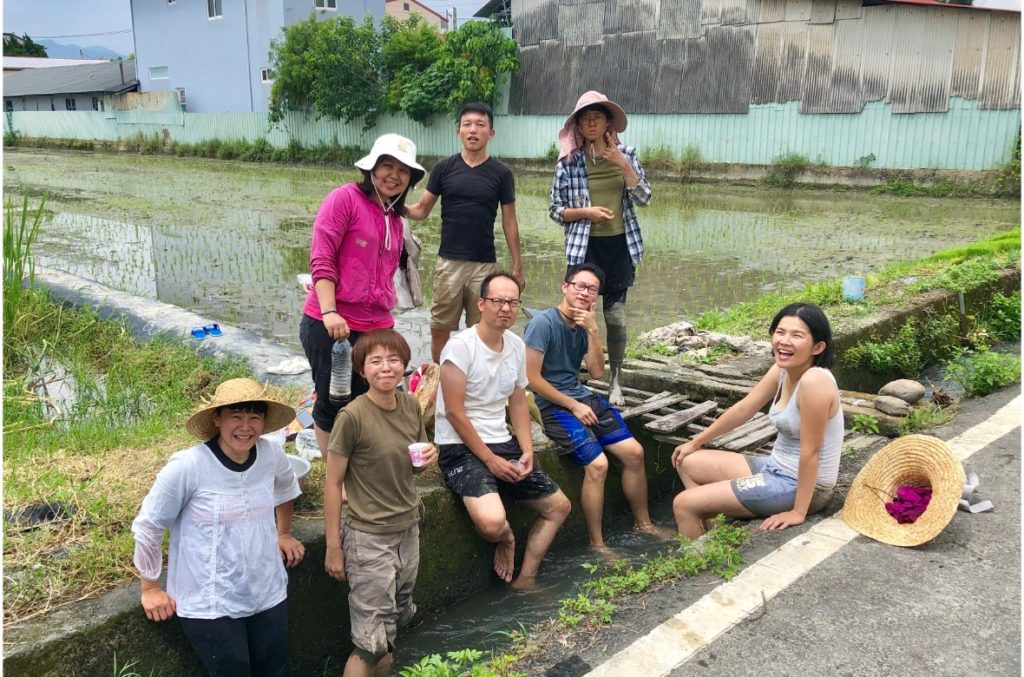
【米雙語食農教育】系列文章 Rice Agri-food education: Series of Articles
- 【米雙語食農教育】台灣稻作簡史1:新石器時代、荷治時期、清領時期
【Rice Agri-food education】A Brief History of Rice Farming in Taiwan 1: Neolithic Age, Hezhi Period, and Requesting Period - 【雙語米食農教育】台灣稻作簡史2:日本統治時期
【Rice Agri-food education】A Brief History of Rice Farming in Taiwan 2: Japanese Occupation Period - 【雙語米食農教育】台灣稻作簡史3:國民政府遷台時期、加入WTO、近年稻作
【Rice Agri-food education】A Brief History of Rice Farming in Taiwan 3: Kuomintangs Retreat, WTO, Recent Years - 【雙語米食農教育】台灣水稻、南投稻作、埔里稻米種植現況
【Rice Agri-food education】Status of Rice Planting in Taiwan, Nantou and Rice Planting in Puli - 【米雙語食農教育】水稻種植流程:育苗、打田、插秧、田間管理、曬田、收成
【Rice Agri-food education】 Rice Planting Process: Breeding, Ploughing, Transplanting, Management, Field Drying, Harvesting - 【米雙語食農教育】為什麼水稻比較不會有連作障礙:禾本科植物與水田特性
【Rice Agri-food education】 Why there is less continuous cropping obstacle in rice: Poaceae and paddy field characteristics - 【米雙語食農教育】適合水稻的土地和氣候環境、埔里種植環境
【Rice Agri-Food Education】Land and Climatic Environment Suitable for Rice, Planting Environment in Puli - 【米雙語食農教育】水稻的一生&台灣二期稻作
【Rice Agri-Food Education】Rices life & The Two Stage of Rice Harvesting in Taiwan - 【米雙語食農教育】水田的8個重要功能:環境保護與文化傳承
【Rice Agri-Food Education】8 Important Functions of Paddy Fields: Environmental Protection and Cultural Heritage - 【米雙語食農教育】稻米的4個種類&決定米口感的因素
【Rice Agri-Food Education】4 types of rice & factors that determine the taste of rice - 【米雙語食農教育】台灣9個必吃米品種,你都吃過了嗎?
【Rice Agri-Food Education】9 Popular, Must-Try Rice Varieties In Taiwan
